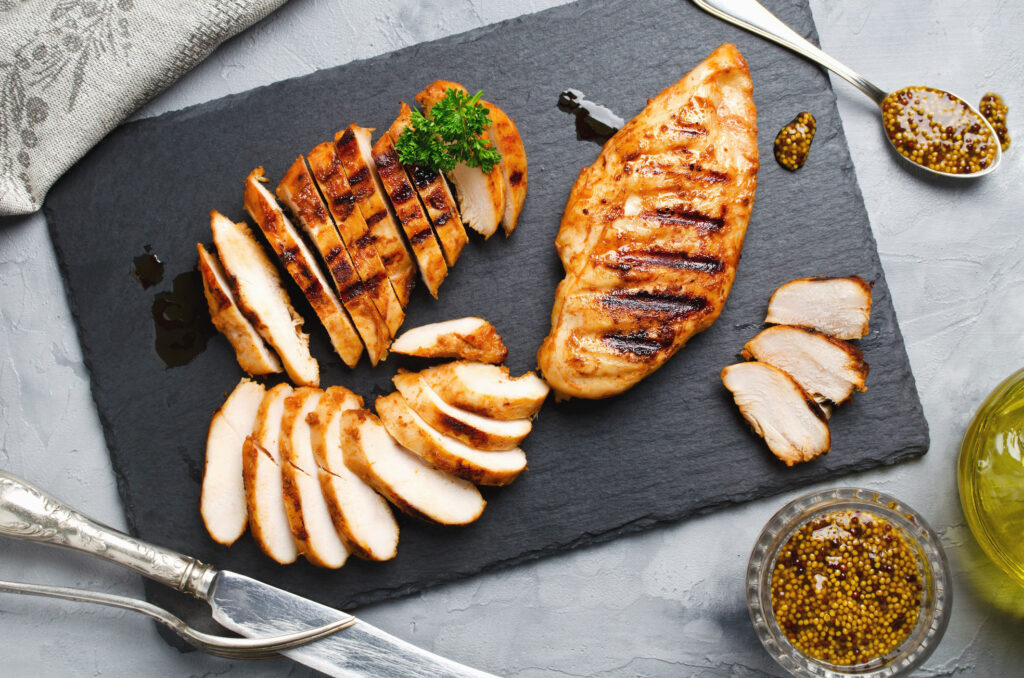Following a diet can provide a road map to help you lose weight and eat healthier, but selecting the wrong one can make your goals harder to achieve. If you know how to choose a diet that meets your health and lifestyle needs, you’ll be setting yourself up for success. Take a look at the following three popular diets and discover which one will benefit you the most.

Ketogenic
The basics
A ketogenic diet is low in carbohydrates, limiting carbs to only about 5 percent to 10 percent of your calories. On a ketogenic diet, you get around 70 percent of your calories from fat and around 25 percent from protein.
Since you’re limiting carbohydrates, your body won’t be able to get all the energy it needs from glucose. Instead, it uses stored fat or the fat that you’re eating to get the energy you need. This is thought to promote weight loss in addition to lowering your cholesterol levels.
Who’s it right for?
You need some quick motivation: The ketogenic diet often yields fairly rapid weight loss at the start since you’ll be losing water weight that’s stored along with carbs. This could give you motivation to stick with the diet.
You feel deprived without fats: Fats are an important component of the keto diet, so you won’t have to give up your bacon. Ideally, though, many of the fats you eat will be healthy fats found in foods such as salmon and avocado.

Paleo
The basics
The Paleo diet is sometimes referred as the caveman diet because that’s the premise behind it. Foods that cavemen ate (such as meat, fish, poultry, fruits and vegetables) are encouraged, while foods that came along with farming (such as refined sugar, dairy, legumes and grains) are off-limits.
Proponents of Paleo say that our bodies have never fully adapted to the dietary changes associated with farming, and our health is negatively impacted as a result.
Who’s it right for?
You feel hungry on other diets: If other diets have left you feeling starved, Paleo could eliminate that problem. Because the foods you’ll eat contain plenty of protein and fiber, you’ll feel full and satisfied on this diet.
You hate counting calories or measuring portion sizes: Paleo is more about eating foods that are deemed acceptable and avoiding ones that aren’t. This means you don’t have to measure portion sizes or count calories unless you want to.

Low-carb vegetarian
The basics
Low-carb diets are traditionally thought of as difficult for vegetarians to follow, since they usually involve eating plenty of meat. However, vegetarians can eat eggs and low-carb dairy products if they have no added sugars and are high in protein and fat.
Vegetarians following a low-carb diet can also eat many veggies (including tomatoes, cauliflower, broccoli and bell peppers), fruits (such as berries, avocados and olives), nuts and seeds, soy, legumes, and healthy fats such as avocado oil and coconut oil.
Who’s it right for?
You aren’t a fan of meat: Whether you are a dedicated vegetarian or you simply don’t like the emphasis on meat that comes with many low-carb diets, a low-carb vegetarian diet can be a good alternative.
You love most fruits and veggies: You’ll have to avoid some vegetables (such as potatoes, peas and corn) as well as some fruits (such as pomegranates, pineapple and watermelon), but most are fine to eat on a low-carb vegetarian diet.
To get more information about how to choose a diet that’s right for your needs and lifestyle, contact BMI of Texas.
You might also be interested in: Do i qualify for gastric sleeve quiz

